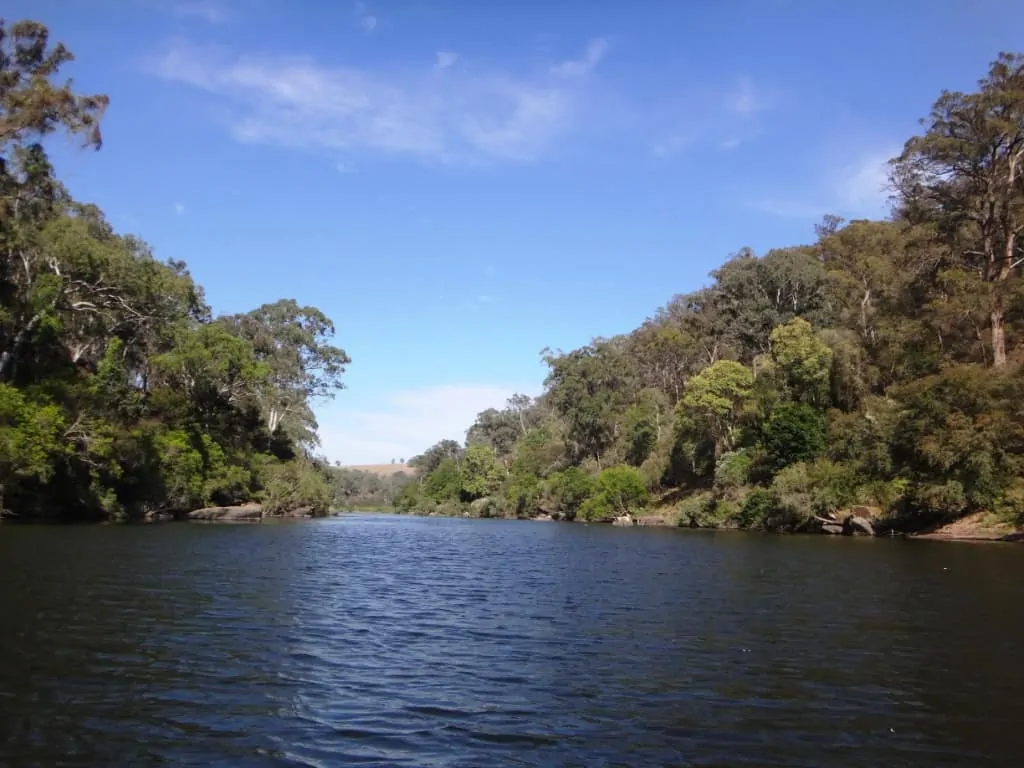Mitchell River

The Mitchell River is a river located in Australia’s far north. Among its 34 tributaries are the rivers McLeod, Hodgkinson, St. George, Dry, Little Mitchell, Walsh, Lynd, Palmer, and Alice. The river flows as a timeless witness to the rich tapestry of cultures that have flourished along its banks for millennia. In this immersive exploration, we delve into the cultural significance of the Mitchell River, uncovering the diverse traditions, stories, and connections that have shaped the identity of the region and its inhabitants. From the Indigenous peoples who have stewarded the land for generations to the settlers, explorers, and conservationists who have left their mark, the Mitchell River is a living testament to the enduring legacy of human culture and heritage.
I. Indigenous Cultural Heritage
The cultural importance of the Mitchell River begins with its deep roots in Indigenous heritage. For thousands of years, the river has been integral to the spiritual, social, and economic lives of the Indigenous peoples who call the region home. From the Waanyi, Kalkadoon, and Mitakoodi peoples to the numerous other tribes and clans that have inhabited the area, the river holds sacred significance as a source of sustenance, ceremony, and storytelling. Through traditional practices such as fishing, hunting, and gathering, as well as cultural ceremonies, songlines, and Dreamtime stories, Indigenous communities have maintained a deep connection to the land and waterways of the Mitchell River.
II. European Exploration and Settlement
With the arrival of European explorers and settlers in the 19th century, the cultural landscape of the Mitchell River underwent profound changes. Explorers such as Ludwig Leichhardt, Edmund Kennedy, and Augustus Gregory ventured into the region, mapping its waterways, documenting its flora and fauna, and establishing routes for future settlement. European settlers followed in their wake, bringing with them new technologies, customs, and ways of life that reshaped the social and economic fabric of the region. While their impact was significant, it also led to conflicts with Indigenous peoples, loss of traditional lands, and disruption of cultural practices, highlighting the complex and often fraught nature of cultural exchange and interaction.
III. Conservation and Cultural Revival
In recent decades, there has been a growing recognition of the cultural importance of the Mitchell River, coupled with efforts to conserve and revitalize Indigenous culture and heritage in the region. Conservationists, researchers, and Indigenous communities have worked together to protect sacred sites, preserve traditional knowledge, and promote cultural revival initiatives that celebrate Indigenous identity and resilience. Through projects such as land management partnerships, cultural tourism ventures, and cultural festivals, the Mitchell River has become a focal point for showcasing the rich diversity and vitality of Indigenous culture in Queensland.
IV. Environmental Awareness and Sustainability
The cultural importance of the Mitchell River is closely intertwined with environmental awareness and sustainability, as Indigenous peoples and conservationists alike recognize the interconnectedness of culture, land, and water. Efforts to protect and preserve the natural heritage of the region, including the establishment of national parks, wildlife reserves, and protected areas, are not only aifmed at safeguarding biodiversity but also at preserving cultural sites, stories, and traditions for future generations. By embracing principles of environmental stewardship and sustainable land management, the Mitchell continues to serve as a beacon of cultural significance and ecological integrity in Queensland.
V. Community Engagement and Empowerment
At the heart of the cultural importance of the Mitchell River is community engagement and empowerment, as local residents, Indigenous leaders, and cultural organizations work together to shape the future of the region. Through initiatives such as community-led conservation projects, cultural education programs, and advocacy for Indigenous rights and recognition, the Mitchell has become a symbol of resilience, solidarity, and hope for communities across Queensland and beyond. By fostering a sense of belonging, pride, and connection to the land, the river continues to inspire and unite people from all walks of life in their shared commitment to cultural preservation and renewal.
Conclusion:
In conclusion, the cultural importance of the Mitchell River is a testament to the enduring legacy of human culture and heritage in Queensland. From its deep roots in Indigenous traditions to its role as a symbol of resilience and renewal in the modern era, the river embodies the rich tapestry of cultures that have flourished along its banks for millennia. By recognizing and celebrating the diverse stories, traditions, and connections that define the region, we honor the past, embrace the present, and chart a course towards a more inclusive and sustainable future for all who call the Mitchell home.
Know More about the Mitchell River.
What are The Religious Places of the Mitchell River?
When Did The Mitchell River Basin Become a Focus?
Where is The Mitchell River Located?
Who Were The Key Historical Figures and Civilizations of The Mitchell River?
How to Reach Mitchell River?




